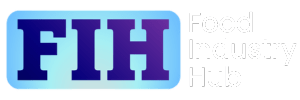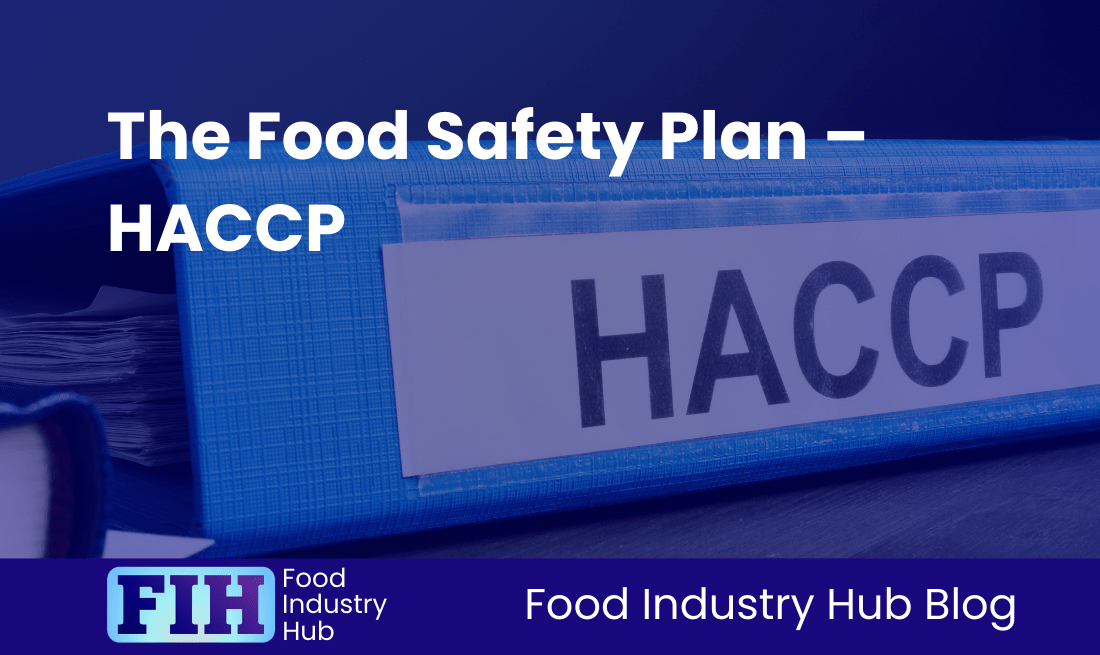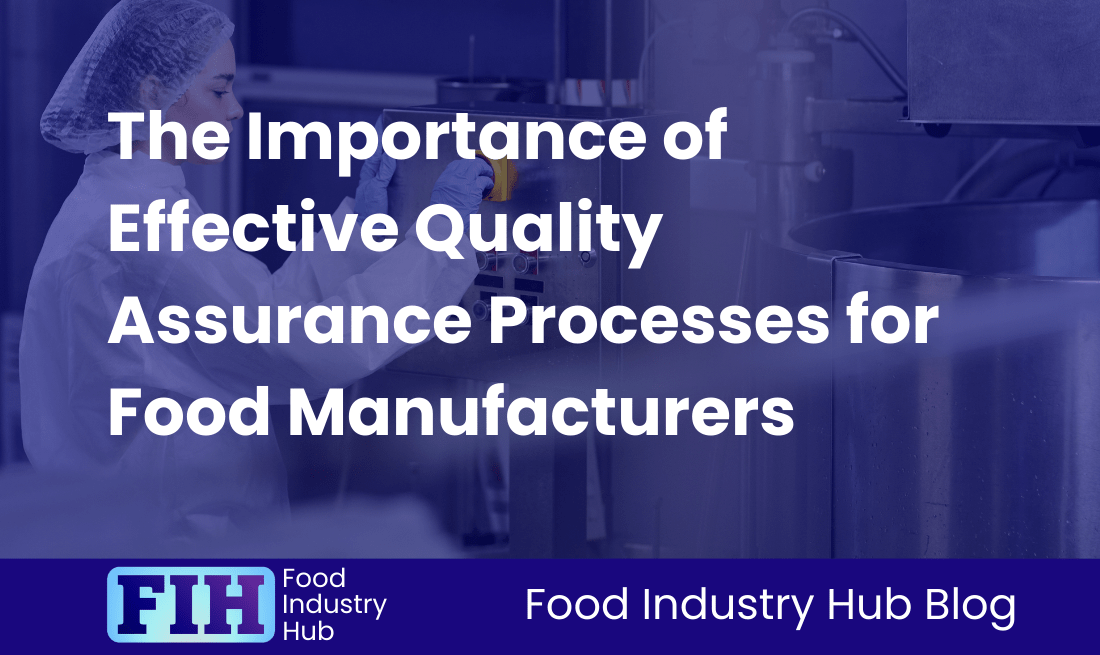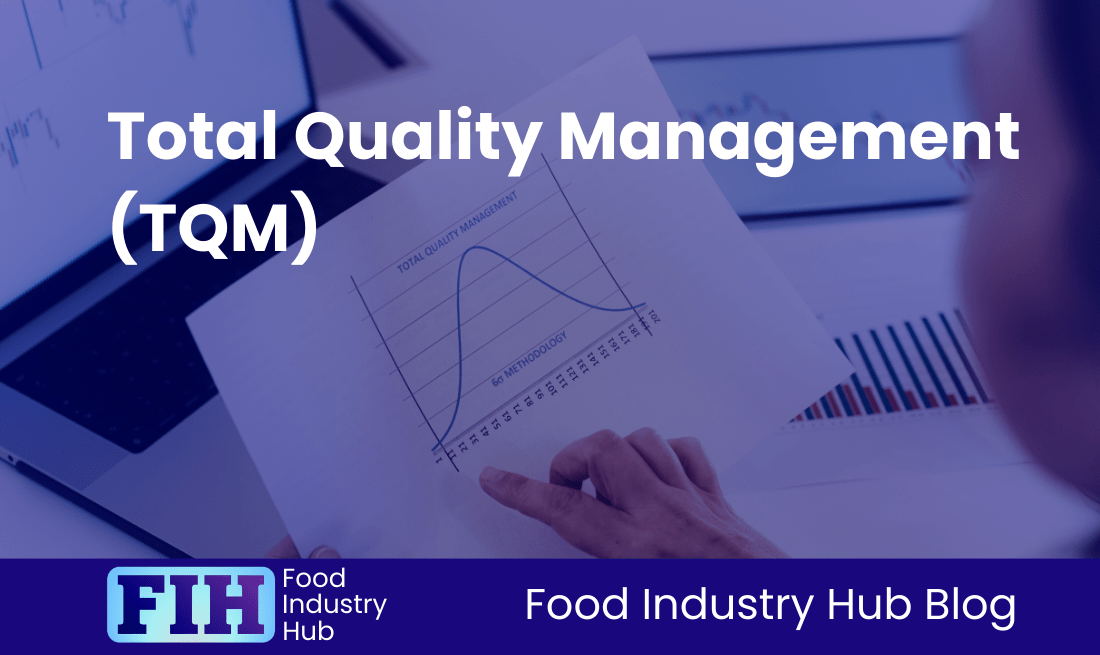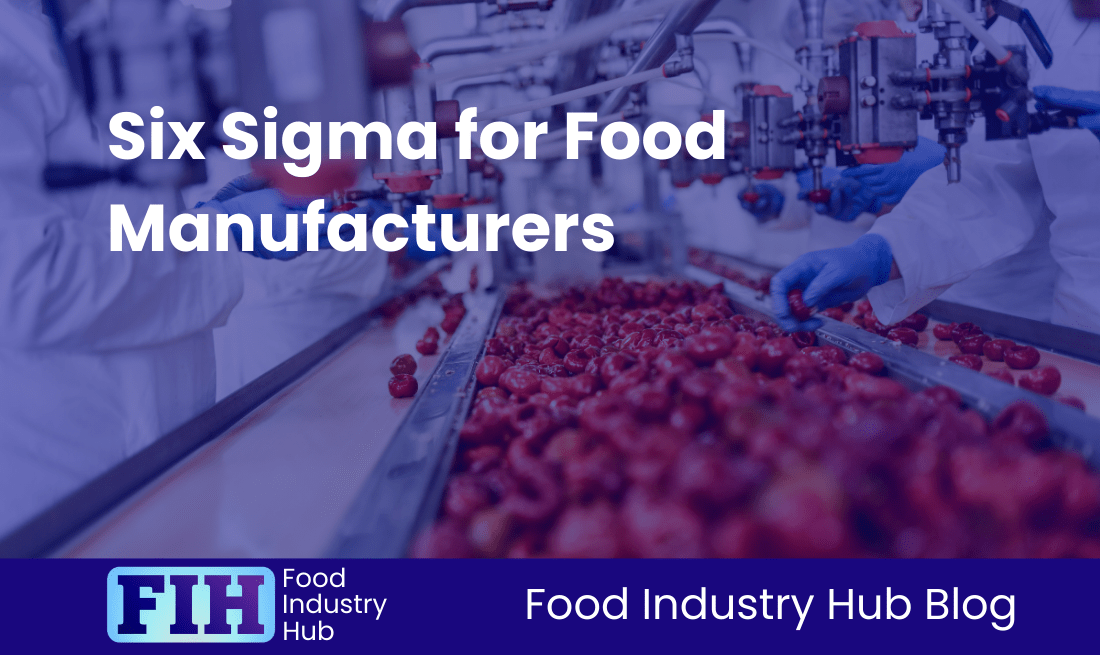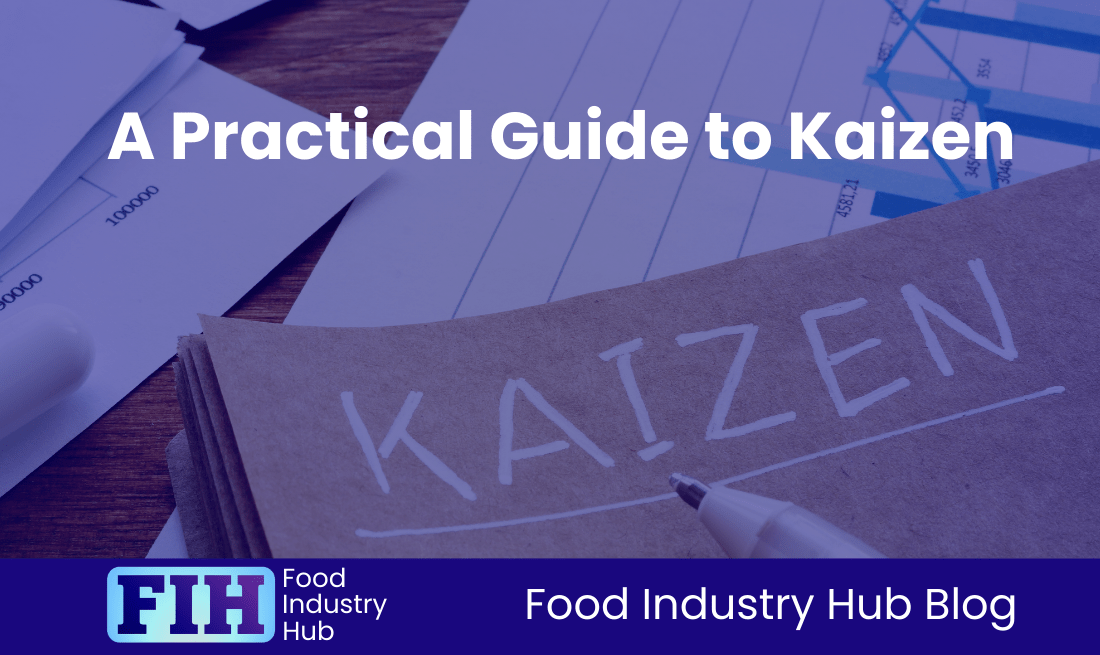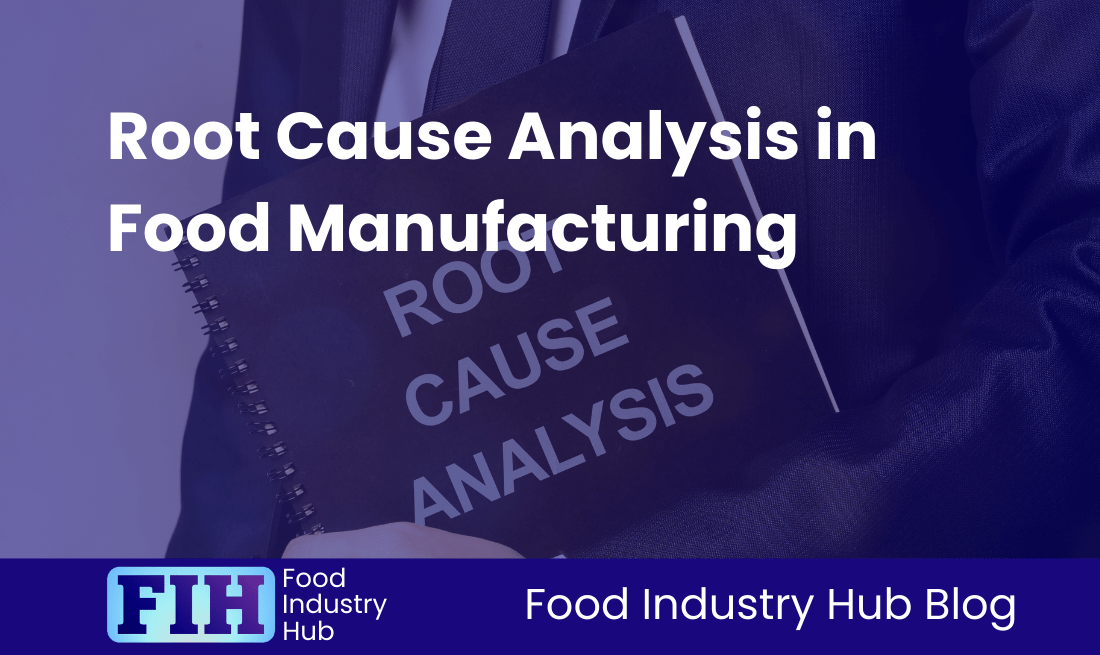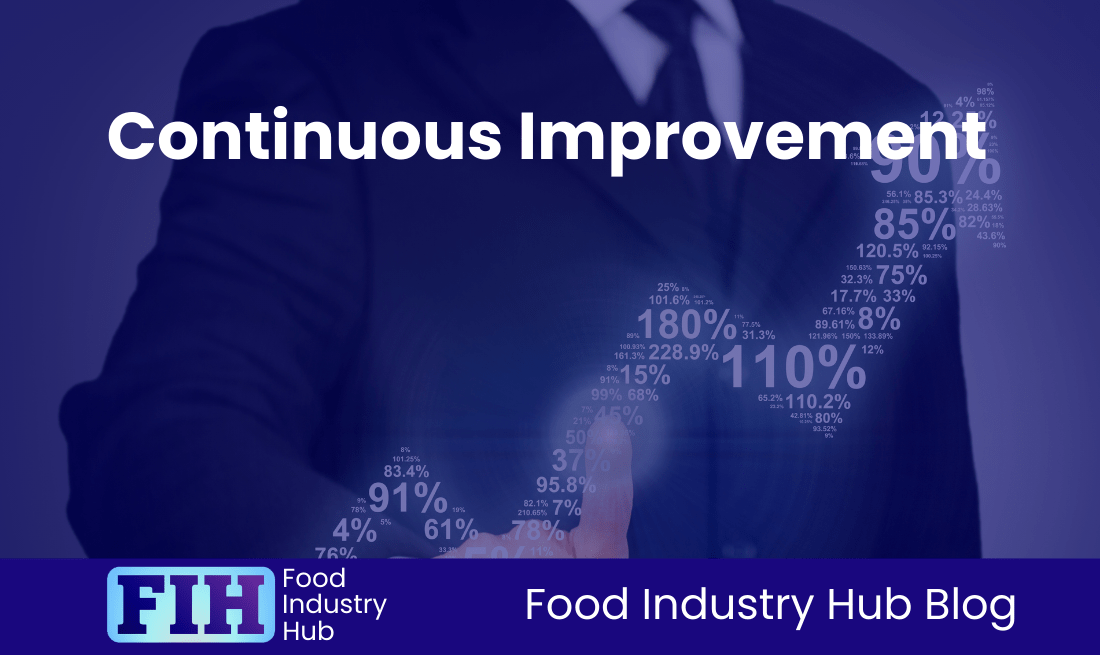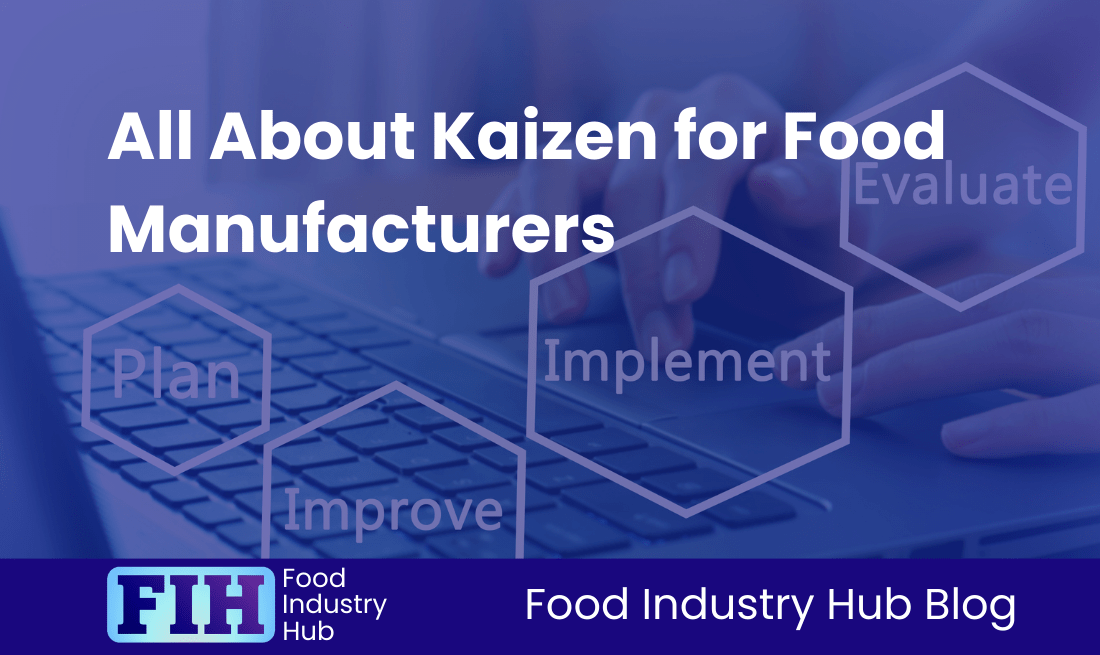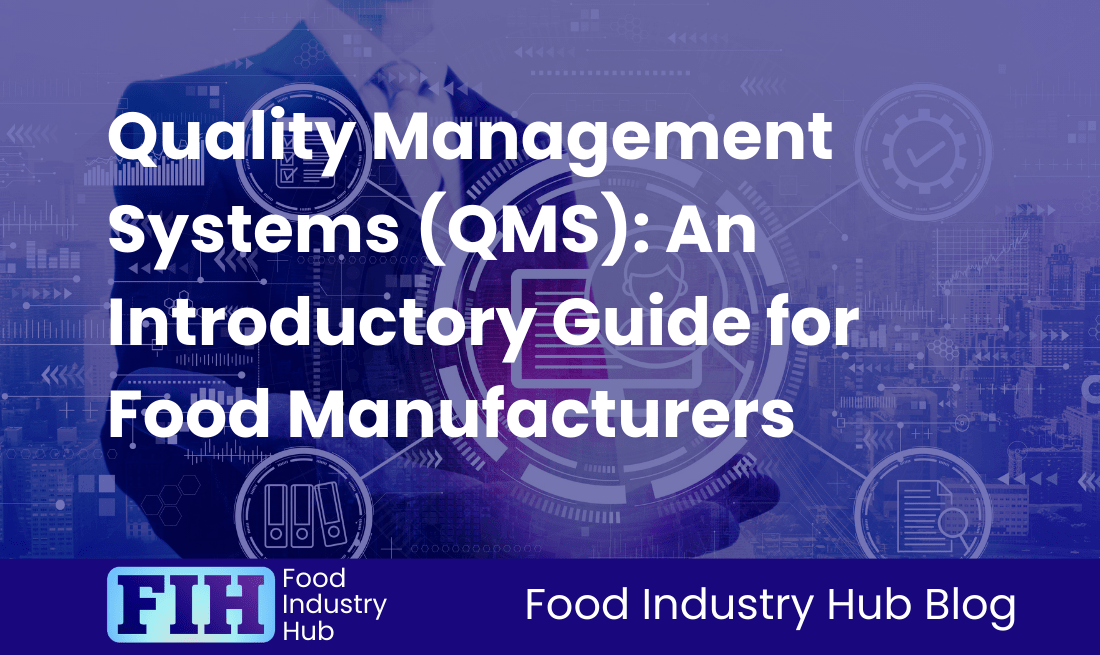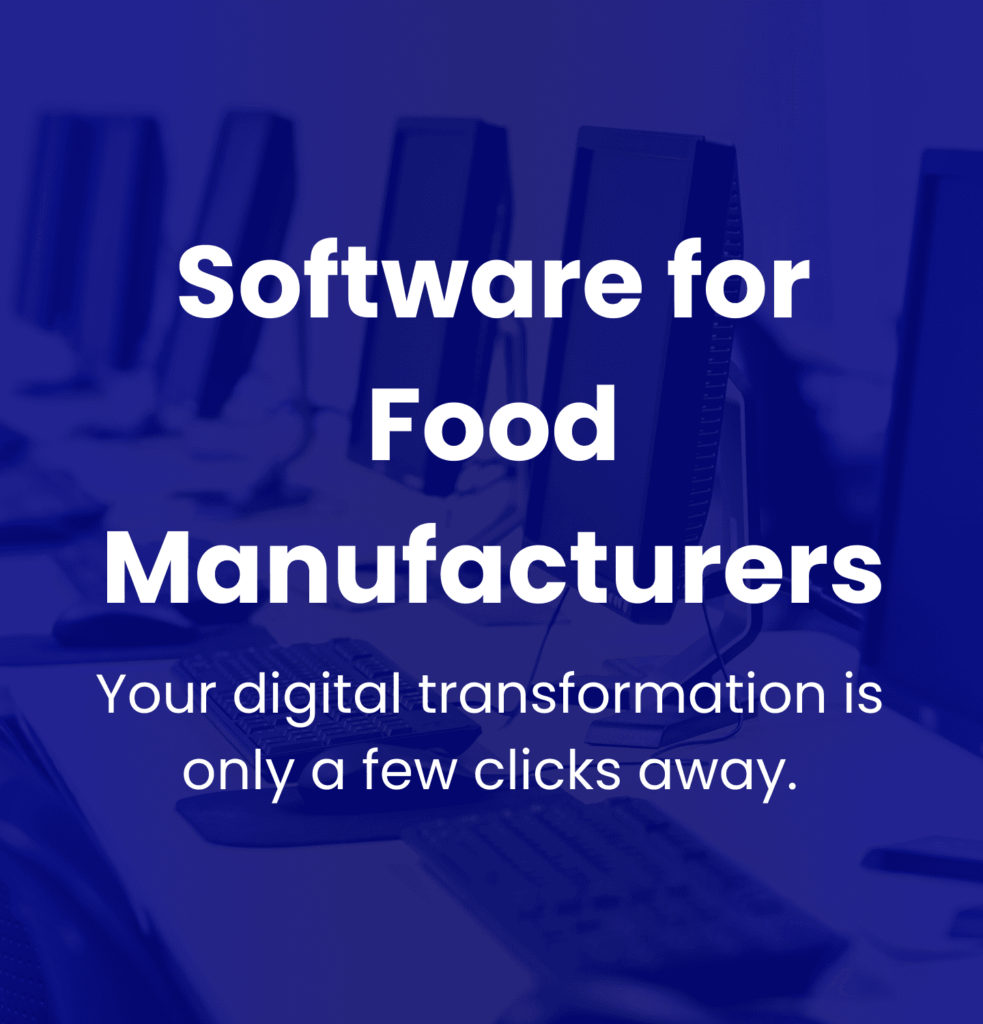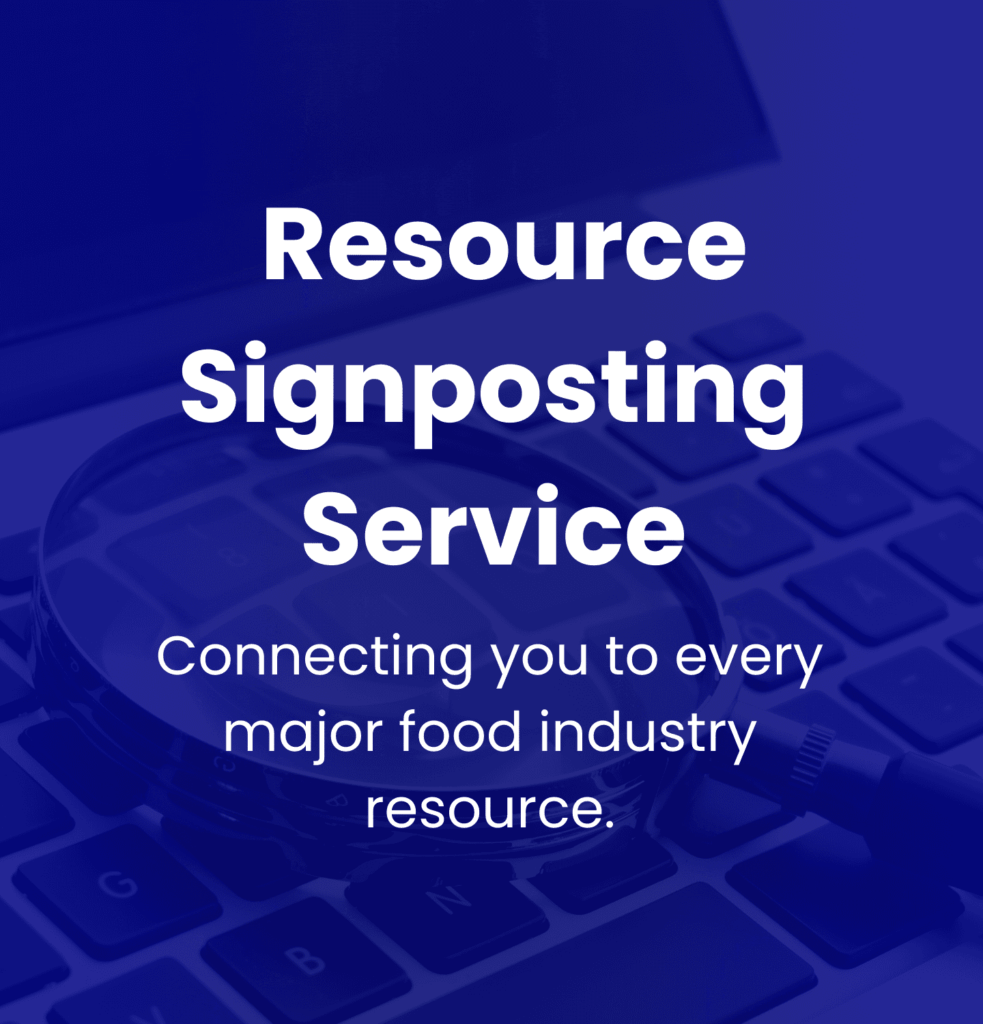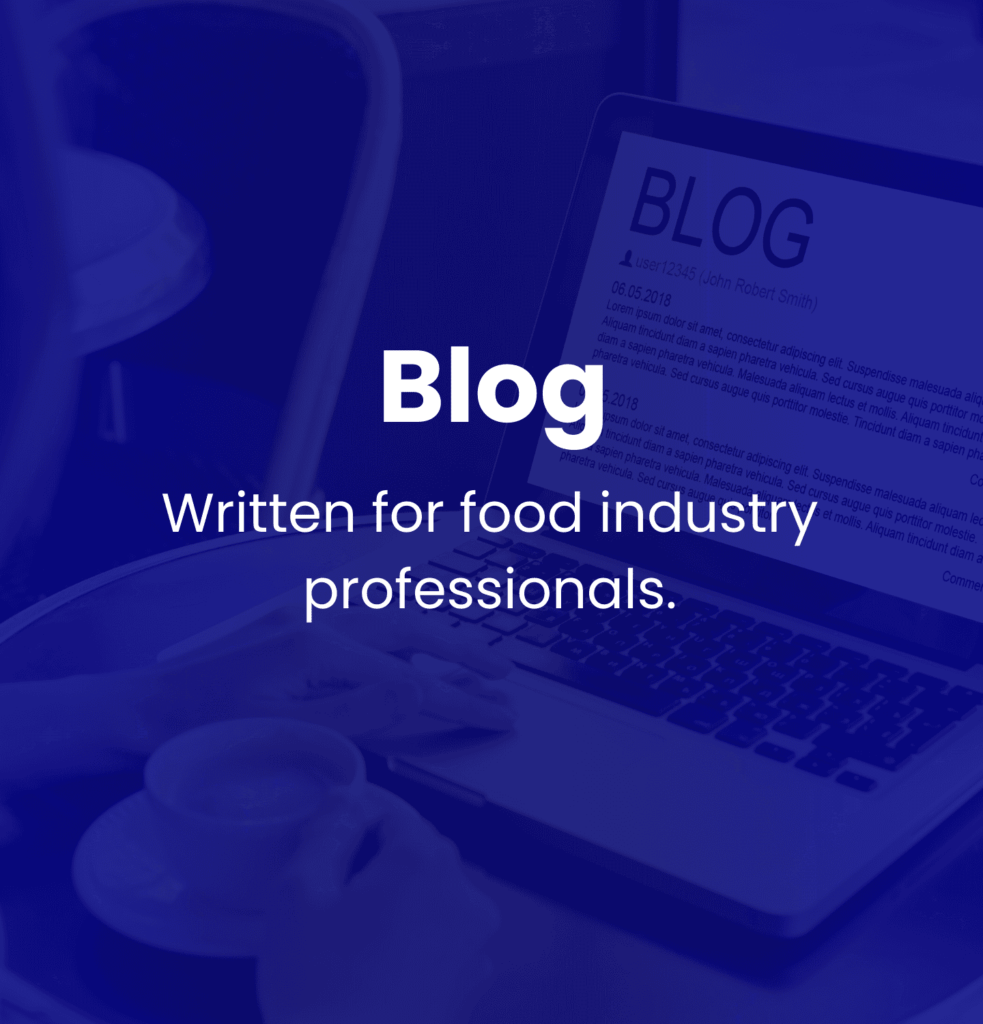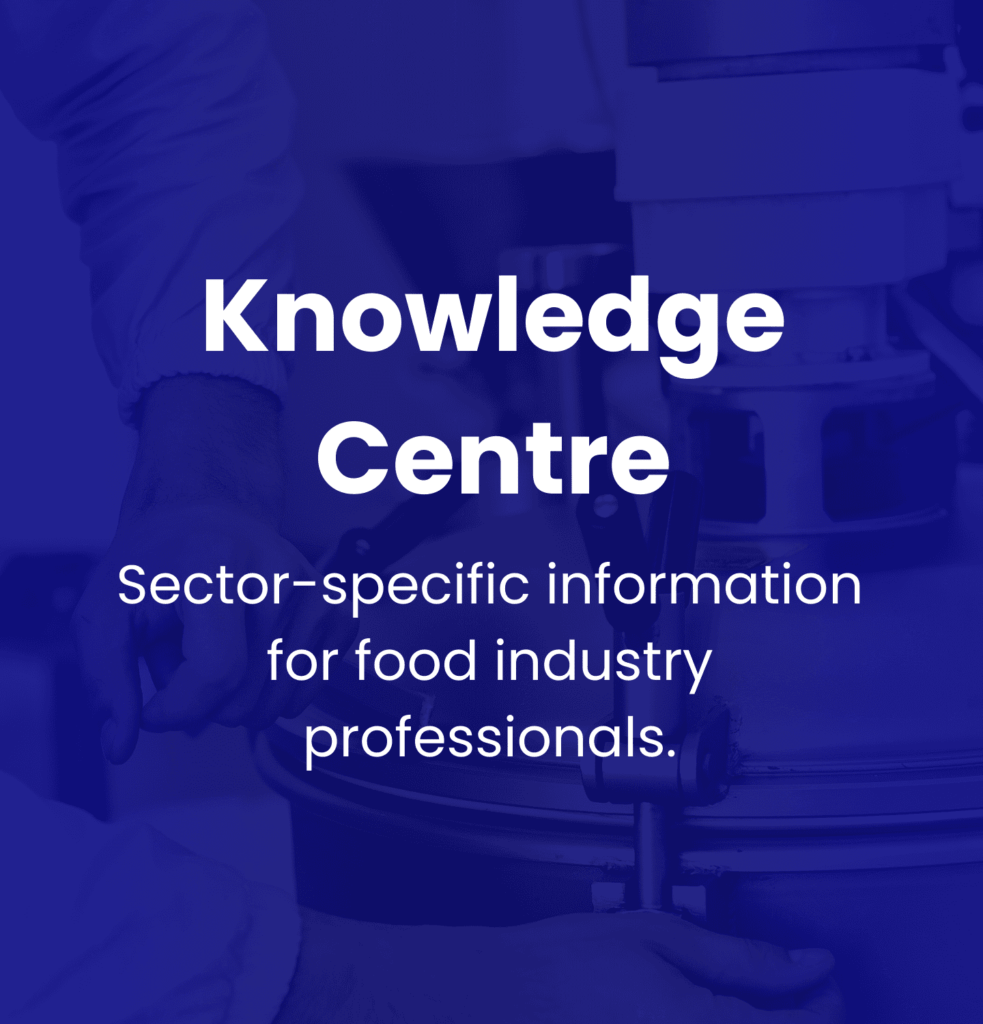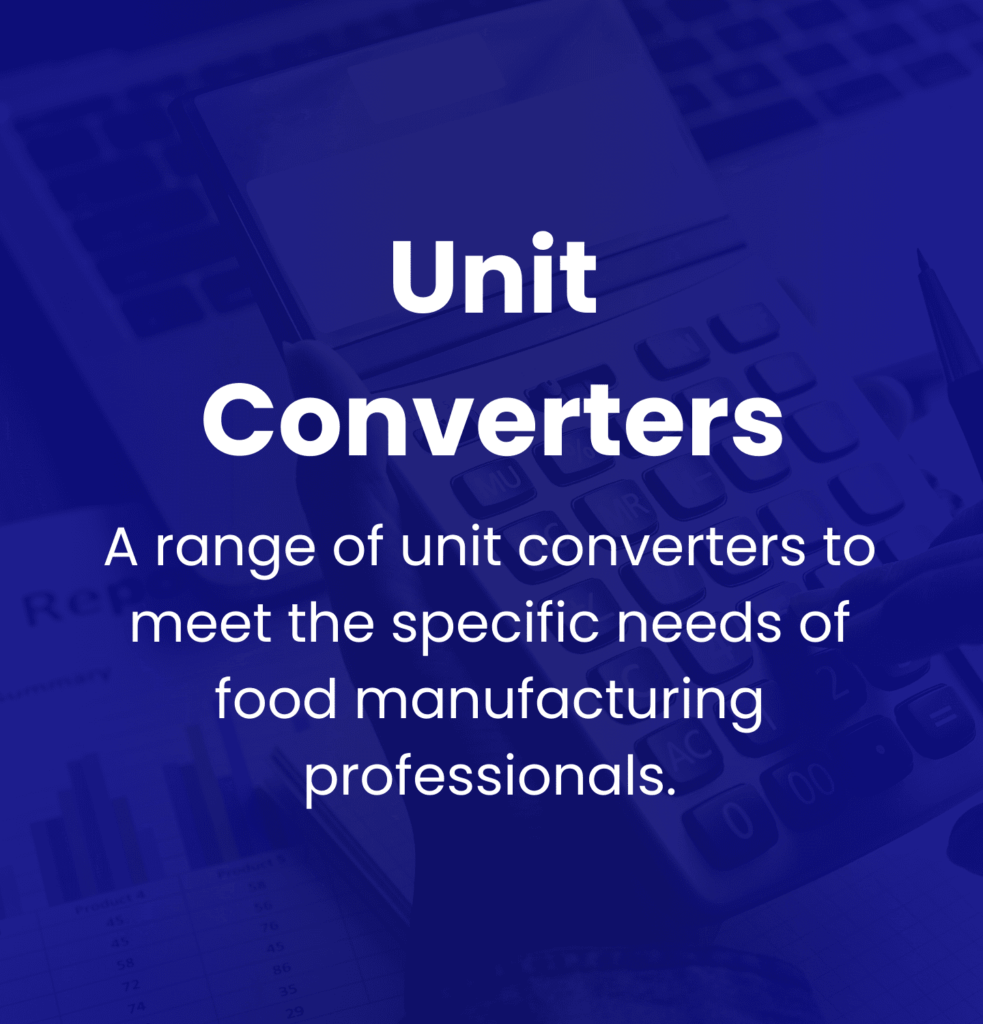Know: Verification and Validation
Introduction
In the present day, when food recalls can quickly run into millions in costs and drastically affect consumer trust, strong Verification and Validation (V&V) procedures are becoming the cornerstone of food safety. They ensure adherence to compliance and aid in preventing disastrous outbreaks. It’s noteworthy that these processes, although frequently grouped together, represent separate yet fundamental aspects of quality assurance. While Validation confers that control measures have a scientific basis to efficiently mitigate hazards, Verification offers certainty that said measures function as anticipated while in operation.
Under the scope of food safety and quality, Validation implies an active, scientifically-informed process that proves the effectiveness of risk control measures. A demonstration of this might include notable reduction in pathogens, achieved via established cooking methods. On the other hand, Verification transpires on a continual basis by monitoring and inspecting these control methods, asserting their constant application and efficiency throughout manufacturing.
These approaches are indisputably key to maintaining compliance and ensuring safety within the food supply chain. Particularly, they provide the paper trail demanded by regulatory institutions such as the SFA and FDA, to confirm that food producers are deploying methods with scientific validation for risk management. The validation and then verification of procedures by food manufacturers serve to reduce contamination events and shield public health, consequently boosting consumer trust.
When assessing these two procedures, it is beneficial to acknowledge both their interconnectedness and their differences. Validation happens prior to the implementation of the process, as a scientifically grounded evaluation, while Verification monitors the correct execution of these processes during and post-implementation. This difference amplifies the reason both procedures hold importance; Validation affirms us that the selected processes possess the capability to uphold safety, while Verification certifies that the execution of said processes meets the required expectations.
Having established this groundwork, the ensuing sections will turn to talk about the primary themes related to Verification and Validation: Definitions & Core Concepts, Regulatory Frameworks, Methodologies for Implementation, Tools & Resources, Industry Challenges, Global Perspectives, and Emerging Trends. By gaining a full understanding of, and effectively executing thorough Verification and Validation procedures, the food manufacturing sector can protect the quality and safety of its products, meaning it can build consumer confidence and meet steadily rising standards.
Key Takeaways
Validation and Verification are foundational processes within food manufacturing, serving as interconnected components in preserving safety and maintaining compliance with regulations.
Validation serves to affirm that food production methods are effective in managing hazards. It is a process that involves the accumulation of scientific evidence to illustrate that methods yield anticipated results under prescribed conditions. Conversely, Verification is the process where these validated methods are continuously monitored and evaluated for adherence during production.
Significance of Validation and Verification
The significance attached to both Validation and Verification is immense. Working collectively, they enhance food safety and ensure compliance with regulatory requirements. Validation lays an effective groundwork, while Verification substantiates adherence to this groundwork, and together they contribute to continuous food safety betterment.
Regulatory Frameworks
Regulatory structures, like the Food Safety Modernisation Act (FSMA) and Hazard Analysis and Critical Control Points (HACCP), have a direct significance for the utilisation of Verification and Validation practices. Such regulations demand scientifically backed validation methods and consistent monitoring processes, highlighting the indispensable roles these practices play in protecting public health.
Different Implementation Methodologies
There exists a range of methodologies that can be used in the practical implementation of Verification and Validation. For validation, techniques include gathering scientific data through research journals and expert assessments, instigating in-plant trials, and incorporating industry expertise to finesse processes. Verification methodologies, on the other hand, often encompass process monitoring, regular audits, environmental assessments, and the utilisation of customer feedback to affirm adherence to safety benchmarks.
Upcoming Industry Trends
Looking forward, several new developments are moulding the food manufacturing industry. More and more, digitalisation and automation are being assimilated into validation and verification processes, augmenting efficacy and precision. There is a rising emphasis on risk-based techniques that permit more targeted and effective strategies. Environmental considerations are also increasingly becoming inherent to food safety processes, mirroring evolving consumer expectations and regulatory stipulations.
The interaction between Validation and Verification is of utmost import to ensure secure food production. This is backed by regulatory preconditions and developing practices that are reactive to contemporary industry trends.
Food Industry Hub Management Systems can significantly boost the effectiveness of your food safety and quality management system, leading to improved confidence and elevated quality assurance throughout your operations.
Definitions and Core Concepts
Definitions of Validation and Verification
When considering food safety, the roles of validation and verification are instrumental. Validation is a thorough process that entails obtaining scientific proof to confirm that a control measure or food safety plan is effectively maintaining hazard control upon proper implementation. It answers the significant question: “Are we effectively managing the hazard?” [Source: Food Safety Magazine].
Verification, in contrast, involves assessing if food safety protocols being implemented are aligning with the described processes in the food safety plan. Consequently, it responds to the query: “Are we maintaining consistency in executing the food safety plan?”. This process often includes activities such as audits, tests, and record inspections to confirm adherence to validation plans.
Key Terminology
Comprehending applicable terminology enhances the understanding of validation and verification within food safety:
- Log Reduction: This metric assesses a process’s effectiveness in reducing viable microorganisms and pathogens. For example, a 5-log reduction signifies that 99.999% of microorganisms have been destroyed, an essential benchmark in processes such as pasteurisation [Source: Quality Assurance Magazine].
- Critical Limits: These are scientifically-established parameters (like temperature and time) that must be upheld at critical control points (CCPs) for the effectiveness of food safety measures. Validation defines these limits, with verification confirming adherence to them.
- Preventive Controls: These are proactive measures designed to prevent food safety hazards. Validation confirms their effectiveness, while verification assures their consistent application.
The Role of Validation as a Preemptive Scientific Evaluation
Conducted prior to the implementation of food safety processes, validation confirms the effectiveness of these measures. This involves multiple scientific methodologies:
- Peer-reviewed studies prove integral in offering evidence for pathogens’ thermal resistance, guiding operational parameters like cooking times.
- Challenge testing exposes a food product to specific hazards to evaluate the effectiveness of control measures, such as thermal processing’s lethality on Listeria monocytogenes.
- Mathematical modelling aids validation processes by predicting outcomes grounded in microbial growth dynamics, providing a theoretical foundation for validating processes under various conditions.
For example, a cheese manufacturer could validate its pasteurisation process by establishing that it achieves sufficient *E. coli* log reduction, ensuring compliance with food safety standards.
Verification: Upholding Standards through Continuous Monitoring
Verification underscores the ongoing evaluation of food safety procedures to ensure conformance with defined standards. This continuous process ensures that validated systems maintain their intended function over time.
Key components of verification encompass:
- Process monitoring performed by operators at control points throughout the manufacturing process, checking and verifying conformance with acceptable limits.
- Third-party audits performed by independent entities ensure that food producers align with regulatory requirements and industry standards, strengthening confidence in food safety measures.
- Internal assessments allow food processing facilities to regularly check compliance with food safety measures, such as verifying equipment calibrations and ensuring protocol adherence for cleaning.
- Microbiological testing is employed to affirm sanitation protocol effectiveness through regular environmental sampling and surface testing.
Methodologies underpinning consistent verification practices include the use of real-time monitoring systems to track critical controls and frequent documentation reviews to ensure that critical limits are observed. A comprehensive incorporation of both validation and verification helps food manufacturers maintain customer trust and ensure regulatory standards compliance.
Regulatory Frameworks and Compliance
FSMA and Its Preventive Validation Emphasis
The Food Safety Modernization Act (FSMA) marks a significant change in U.S. food safety laws, emphasising a pro-active attitude towards food safety through preventive controls, instead of relying on reactive measures. Food facilities are required to form detailed food safety plans, which include scientifically validated preventive controls focused on lessening food safety risks. The validation process under FSMA is essential, necessitating that food manufacturers produce documented evidence that their preventive actions, like thermal processing and sanitation practices, are effective in mitigating identified hazards such as microbial contamination and chemical exposures [Source: FDA].
Key factors affecting validation practices under FSMA include the need for constant verification of these controls. Facilities must engage in routine monitoring and testing to ascertain the consistent effectiveness of preventive measures over time. This fits well with other aspects of FSMA, including thorough risk assessments and the provision of extensive documentation for validation activities.
The Influence and Reach of HACCP
The Hazard Analysis and Critical Control Points (HACCP) framework acts as an internationally recognised benchmark for food safety management. It outlines clear guidelines for food manufacturers to validate their critical control points (CCPs), thus ensuring that processes are successful in managing food safety hazards. The systematic strategy employed by HACCP encompasses identification of hazards, evaluation of potential risks, and determination of the critical control points where safety can be addressed [Source: FDA].
Worldwide adherence to the principles of HACCP helps not only in enhancing food safety within individual production facilities but is also instrumental in facilitating trade across borders. For instance, the implementation of HACCP has been correlated with substantial reductions in foodborne illnesses; research indicates that validated controls under HACCP have led to a 20% decrease in incidents [Source: Agriculture Institute].
Post-Brexit Regulatory Implications for the UK
In the wake of Brexit, the UK has been dealing with the complexities of food safety regulation, with an aim to closely align with HACCP standards that were established before its EU exit. The Food Standards Agency continues to enforce these principles, retaining much of the EU’s food safety regulation even as the UK seeks to customise its approach to better fit its domestic agenda. However, possible divergence from EU standards creates challenges, particularly when considering compliance for exporters who must now reconcile differing regional standards [Source: PubMed Central].
Faced with the dual pressures of maintaining adherence to retained EU regulations and adapting to new UK-specific guidelines, food manufacturers are required to improve their validation processes to effectively meet both domestic and EU market requirements. This includes a commitment to HACCP-based systems, which continue to be a crucial element in maintaining food safety and ensuring that UK products match international expectations. As the regulatory landscape continues to progress, maintaining rigorous verification and validation standards will be essential in safeguarding food safety and promoting trade across borders.
Sign-up for the Food Industry Hub Mail Service
We regularly produce new content for food industry professionals, and the Food Industry Hub Mail Service is the best way to stay up to date with the latest additions.
Signup today to be added to the Food Industry Hub mailing list.
Methodologies for Implementation
Verification and validation (V&V) methodologies play a key role in the food manufacturing industry, helping to maintain compliance with safety standards and uphold product quality. A range of methods, including model-based design, automated testing, and peer reviews, aid in ensuring that production processes meet established standards. A fundamental part of these methodologies includes the clear definition of requirements, achieved by working in collaboration with stakeholders to establish measurable criteria that align with food safety and quality parameters.
Value of Worst-Case Scenario Testing
For validation practices, worst-case scenario (WCS) testing is a key component as it tests processes under extreme conditions, thereby ensuring production systems can handle maximum stress scenarios such as minimum disinfection temperatures or maximum contamination loads. As an example, in thermal processing applications, WCS testing might involve assessing the efficiency of sterilisation processes against resilient pathogens such as Clostridium botulinum, thus reinforcing consumer safety under the most challenging conditions. This approach caters to required regulatory norms, including those mandated by the FDA for high-risk foods, while also working to strengthen consumer trust in food safety [Source: APHL].
Regular, Scheduled, and Trigger-Based Verification Activities
Maintaining compliance in the food manufacturing industry necessitates carrying out regular verification activities as part of standard operational routines. Crucial procedures include scheduled verifications such as daily equipment inspections and routine calibrations, and trigger-based verifications initiated by substantial changes in processing, equipment malfunctions, or suppliers’ modifications. By adopting this two-pronged approach, risks and deviations can be swiftly identified and curtailed. For instance, any upgrade in machinery will require a revaluation of the related verification activities to confirm compliance with all safety and production parameters. The FDA promotes comprehensive verification strategies to ensure alignment with the Food Safety Modernization Act (FSMA), with a focus on dynamic responses to emerging risks in food production.
Diverse Validation Protocols for Different Processes
Validation methods in food processing are important and must be tailored to the specific needs and risks associated with distinct operations.
Thermal Processes
In thermal processing, validation is typically conducted through log-reduction studies. These measure the effectiveness of heat treatment in decreasing microbial populations, a practice necessary to meet required safety standards such as achieving a 5-log reduction for pathogens like Escherichia coli in canned foods.
Cleaning Protocols
When considering sanitation, ATP swab tests are regularly used to validate cleanliness on food contact surfaces. These involve measuring residual ATP or adenosine triphosphate as an indicator of remaining biological contamination post-cleaning, with a maximum limit of 50 Relative Light Units (RLUs) typically set to ensure surfaces are hygienically safe for food preparation.
Additional Validations
Diverse validation protocols also extend into other areas of food processing. For packaging integrity testing, dye penetration tests are employed to detect seal leaks. In allergen management, ELISA-based tests are used to confirm the absence of cross-contamination with allergenic ingredients, reinforcing safety protocols across food manufacturing processes.
Understanding Verification Frequency and Triggers
Determining optimum verification frequency and triggers is necessary for maintaining compliance and safety in the food manufacturing process.
Frequency of Verification Activities
A structured verification approach necessitates consistent checks. Advised routines include daily temperature checks of refrigerator units, weekly environmental monitoring samples and yearly comprehensive reviews of Hazard Analysis Critical Control Point (HACCP) plans.
Setting Triggers for Verification Processes
Effective trigger events are needed to prompt immediate verification when substantial changes occur. This includes circumstances such as equipment break downs, process deviations, or changes in raw material supplier specifications. For instance, the introduction of a new ingredient presenting allergenic risks would necessitate verification actions in relation to cleaning and cross-contact controls.
Best Practices for Scheduling Verification Activities
For effective scheduling, verification frequencies should be determined based on risk assessments of the processing environment. More frequent checks in high-care areas as compared to less critical zones are recommended. Utilisation of digital systems can help automate scheduling, providing timely reminders for verification tasks, enabling streamlined compliance efforts and enhanced quality control processes.
By adopting these methodologies and rigorously following validation standards in conjunction with flexible verification routines, food manufacturers can effectively bolster safety and quality within their production systems.
Tools and Resources for Efficient Verification and Validation
Significance of Standard-Setting Organisations
In food manufacturing, organisations such as AOAC International and ISO play a lead role in offering validated testing methods. AOAC International validates analytical methods used in food safety testing, ensuring that detection techniques for contaminants and pathogens are reliable and reproducible across different laboratories. Their Official Methods of Analysis (OMA) programme allows food manufacturers to conduct precise assessments of various food products backed by collaborative studies performed across different labs [Source: AOAC]. The process not only boosts faith in the testing methods applied, but it also helps to maintain compliance with regulatory standards, such as those laid down by the FSA, USDA, and the FDA.
Similarly, ISO drafts universally accepted standards like ISO 17025, which outlines the competence requirements for testing and calibration laboratories, further strengthening the reliability and integrity of applied testing methods.
Transformation by Digital Record-Keeping Systems
Digital record-keeping systems have brought substantial enhancements to the verification and validation processes in food manufacturing. Such systems provide comprehensive data management, allowing food manufacturers to automate process data tracking. This increases accuracy and makes compliance checks seamless. The adoption of digital record-keeping drastically improves internal audit efficiency while strengthening the traceability and documentation, both of which are fundamental components for successful external audits, and continuous adherence to safety protocols.
Benefits of Adopting Third-Party Validation Services
The inclusion of third-party validation services offers a host of benefits critical for maintaining compliance within the food manufacturing industry. These services provide specialised expertise, empowering organisations to manoeuvre complex validation processes with assurance and accuracy. Notably, third-party validations bolster internal efficiency, allowing food manufacturers to focus on core operations while guaranteeing compliance. Such validations align with established standards, thereby aiding market access and enhancing product legitimacy.
Third-party validators, being unbiased, bring added credibility and transparency to the validation process while being updated about the latest regulatory requirements and industry-leading practices. Their insights can be valuable to in-house teams. As observed by the USDA, leveraging outside expertise in validation processes helps reinforce control measures, eventually leading to safer food products and bolstering consumer confidence.
Third-party validations can result in substantial cost savings in the long run by mitigating risks related to regulatory non-compliance—a potential solution to avert expensive penalties and product recalls. By capitalising on the competencies of standard-setting organisations, digital technologies, and third-party services, food manufacturers can enhance their verification and validation processes, promoting food safety while sticking to regulatory obligations.
Challenges in the Industry
The Intensity of Resources Required in Validation
Validation in the food manufacturing industry is an operation laden with significant resource demands. Especially for smaller facilities, this brings about substantial financial and operational implications. These establishments often dedicate a sizeable portion of 5-10% of their operational budgets towards validation activities. The wide scope of these activities spans from equipment procurement to preparing compliance documentation. Factors like the necessity for skilled personnel such as validation engineers and quality auditors increase the financial burden. These professionals earn considerable salaries owing to their specialized knowledge.
This requirement simultaneously highlights a skills deficiency, as smaller facilities struggle to hire and retain such proficient staff. This often results in their resorting to expensive consultant services.
While technologies like automated data collection tools can greatly optimise efficiency, their high acquisition costs often deter smaller establishments from taking advantage of them.
Adapting to Regulatory Changes
Since Brexit, food manufacturers are confronted with a complex, ever-evolving regulatory environment. This necessitates juggling compliance with the differing standards of the UK and the EU. Consequently, it intensifies burdens related to compliance, as manufacturing facilities have to meet the two distinct sets of guidelines. This can further complicate aspects from product formulation and labelling to waste management protocols.
For instance, the EU’s Farm to Fork Strategy advances a sustainable approach to food systems, which contrasts with the separate objectives set out under the UK’s Food Strategy. This often results in a confusing mix of compliance obligations that can disrupt standard operative processes.
To ensure survival among these frequent regulatory changes, the ability to adjust validation processes becomes vital. Manufacturers are encouraged to adopt flexible validation structures that facilitate swift changes aligning with evolving standards, and without necessitating exhaustive revalidation [Source: FDA]. Additionally, setting up regulatory surveillance systems to monitor changes in rules across different jurisdictions can prepare facilities for changes and improve their responsive capacity. Upskilling and routine training for compliance teams can also build a proactive and adaptable culture regarding newly updated regulatory frameworks.
Balancing Operational Speed and Rigor
In a competitive industry like food manufacturing, it is a significant challenge to strike a balance between speedy operations and comprehensive validation requirements. Quick product launches propelled by market demands often collide with the thorough validation processes necessary to ensure food safety and compliance. Specifically, launching new offerings, like the latest plant-based products, often necessitate several validation cycles to establish process effectiveness, creating a hurdle for swift market entry strategies.
To navigate these challenges, food manufacturers might consider employing risk-based validation strategies. These strategies focus on control points that carry maximum risk, thereby speeding up the product approval process while upholding safety and quality standards. Technologies such as IoT sensors for real-time monitoring can be useful tools in this context, as they can provide timely alerts on process deviations and diminish the chance of post-launch recalls. In turn, this reinforces the manufacturer’s dedication to quality.
Global Perspectives in Verification and Validation
Post-Brexit Regulatory Alignment Efforts in the UK
With Brexit came significant transformation in the UK’s regulatory landscape, largely impacting food safety and quality measures. Now wielding greater control over its food laws, the UK’s regulatory framework has grown more complex and occasionally divergent. The UK Food Standards Agency (FSA), taking on duties formerly managed by the European Food Safety Authority (EFSA), requires a meticulous verification and validation process responding to UK regulations that progress separately from EU norms.
One notable issue is the disparate approach to risk assessments. The UK’s ability to tweak food laws using ministerial powers leads to less parliamentary oversight than in the EU’s more structured governance process. The lack of uniform scientific consultation mechanisms could adversely affect food safety standards, taken very seriously in the EU regulatory framework where risk assessments rely heavily on science and apply the precautionary principle as a matter of routine.
Also, the conflicting demands of dual-compliance add extra layers of complexity to food manufacturing operations. Manufacturers must comply with potentially clashing regulations related to new foods and pesticide limitations, posing significant verification challenges with potential impact on operational efficiencies.
EU’s Focus on Preventive Controls
Against the UK’s changing regulatory climate, the EU highlights preventive controls as a mainstay of its food safety framework. The strategy comprises proactive steps to avert food safety incidents rather than reacting post-event. The EU’s “farm-to-fork” tactic accentuates the necessity for rigorous electronic certification and thorough traceability improving validation procedures throughout the supply chain.
The EU also runs a sophisticated Rapid Alert System for Food and Feed (RASFF), optimising prompt communication and action in response to food safety emergencies. This system ensures rapid response to possible contamination issues while endorsing an atmosphere of accountability and mandatory compliance, underscoring the relevance of solid preventive measures [Source: RASFF].
By stressing preventive measures, the EU sets a high standard in managing food safety risks, creating a model that food manufacturers could use to enhance their own verification systems. This proactive approach bolsters operational resilience, aligns with best practices across global food systems, ensuring safer consumer products and solid supply chain management [Source: Centre for International Trade Policy].
Impact of U.S. FSMA Supplier Validation on Global Supply Chains
The U.S. Food Safety Modernization Act (FSMA) carries notable implications for worldwide food manufacturing, chiefly through its supplier validation demands. Under FSMA, food manufacturers are compelled to validate that their suppliers align with demanding safety standards, requiring extensive validation processes that include risk assessments and audits of product safety along the supply chain.
This requirement extends beyond U.S. borders. Hence, international suppliers seeking trade with the U.S. must comply with FSMA regulations, resulting in a consistent elevation of their operational standards. While this cross-border harmonisation of safety practices improves food safety, it also complicates compliance efforts for multinational food manufacturers needing to negotiate diverse regulatory contexts.
Proficient supplier validation processes have become pivotal in minimising risks across international food supply chains. Manufacturers need to adjust their verification protocols to address the diverse demands of different jurisdictions, optimising operational viability while remaining compliant with international food safety standards. This fluid regulatory landscape highlights the need for adaptability and agility in verification practices, as businesses aim to uphold supply chain integrity while meeting a spectrum of regulatory expectations.
Conclusion
Understanding and effectively implementing Verification and Validation in food safety systems is integral to the food manufacturing industry. While distinct in operation, these two processes are crucially complementary, creating a systematic approach to maintaining high food safety standards.
Distinction and Complementarity of Verification and Validation
Validation acts as a scientific guard, pre-emptively identifying and confirming that control measures, such as thermal processing, will effectively execute their proposed results like pathogen reduction. It is reliable supporting data and standards that validate, for example, a critical limit of 70°C for 2 minutes to assure a 5-log reduction of Listeria monocytogenes. Verification, on the other hand, is the process of certifying that these validated processes are continually and consistently executed during production; it covers tasks like microbial testing, records evaluation and equipment calibration. Their combination establishes a closed-loop system: validation sets up the scientific groundwork for safety, and verification reassures consistent compliance.
Supporting Food Safety and Quality
Validation and verification processes hold significant value in the food manufacturing industry, amplified by regulatory controls such as the Food Safety Modernization Act (FSMA). This legislation brings a shift towards proactive risk management; validation plays an anchoring role in forming effective preventive controls and reducing reliance on reactive measures following an outbreak. Verification acts as a continuous compliance checkpoint, lowering the risk of food safety incidents by ensuring adherence to validated procedures. These twin processes enhance public health, augment consumer trust, and minimise risks of recalls and regulatory penalties.
Adapting to Industry Changes
The food manufacturing industry is being met with evolving challenges, such as emerging foodborne pathogens, climate change impacts on supply chains, and growing consumer demands for transparency. The emergence of antimicrobial-resistant strains, for instance, calls for revalidation of existing food safety processes to ensure ongoing effectiveness. With the cataloguing of more detailed insights, automation and data analytics are increasingly being integrated into verification practices to strengthen monitoring. The complexities of globalised supply chains necessitate rigorous validation of safety measures across varied processing scenarios.
Key Insights
In summary, validation and verification bear significant roles in the food manufacturing industry. Validation, which precedes verification, is crucial for achieving effective food safety, but it needs to be followed by comprehensive verification to assure consistent compliance. Regular review and appropriate adjustment of both processes, particularly in the light of emerging technologies and regulatory updates, are vital. Regulatory alignment is seen in the growing emphasis food safety regulations place on the interplay between verification and validation, demanding in-depth documentation and consistent evidence of adherence.
Finally, the amalgamation of these processes helps food manufacturers to create robust safety systems that not only meet regulatory standards but also adapt effectively to the industry’s dynamic challenges.
About The Food Industry Hub Knowledge Centre
The Food Industry Hub knowledge centre delivers informative content on a variety of topics pertinent to the food manufacturing industry.
You can return to all topics by clicking here.
From The Food Industry Hub Blog
Expanding on this topic with related content from our blog.
